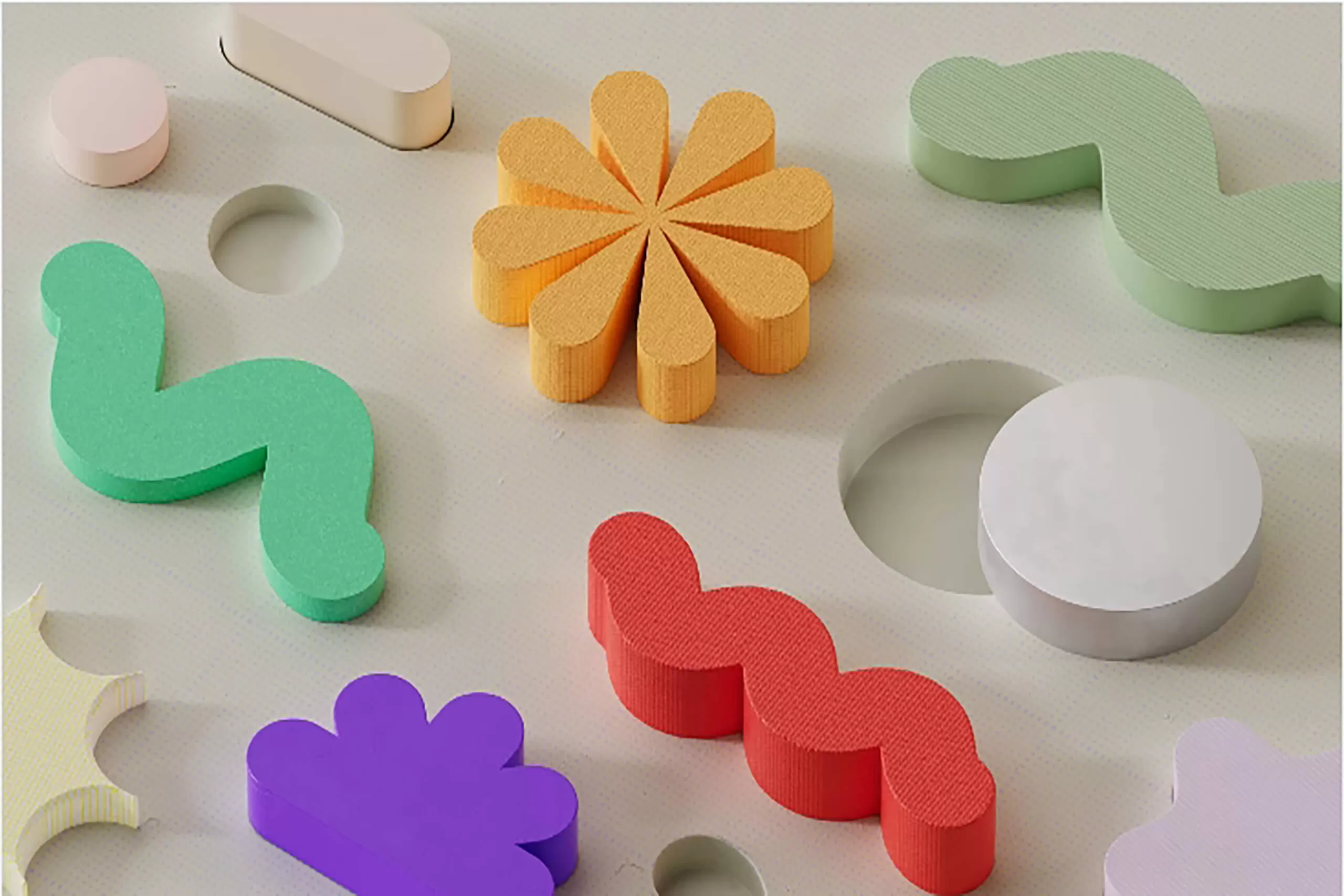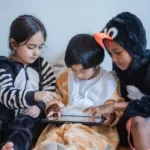In today’s tech-savvy world, coding is becoming a valuable skill that many parents are eager to introduce to their children. The benefits are evident: from boosting problem-solving and logic abilities to providing potential future career opportunities. However, one common query that arises is whether it’s better for a child to focus on one language at a time or to dive into multiple coding languages simultaneously. This comprehensive guide will explore the merits and drawbacks of both approaches.
Understanding the Landscape of Coding
Before examining the advantages and pitfalls of learning multiple coding languages, it’s crucial to understand why coding, in general, is deemed essential:
Digital Literacy
As our world continues to embrace digital solutions, understanding how these systems operate becomes invaluable.
Cognitive Development
Coding sharpens critical thinking, enhances logic, and fosters creativity.
Career Opportunities
The tech sector is burgeoning, with a plethora of jobs requiring some degree of coding knowledge.
Diving Deep: The Case for Multiple Coding Languages
On the surface, exposing a child to multiple languages simultaneously might seem like casting a wider net. Let’s investigate the reasons behind this approach:
1. Broad Skillset
Every programming language has its niche. For instance, Scratch for learning, HTML/CSS is for web design, Python for machine learning, and JavaScript for interactive websites. By grasping multiple coding languages, a child can undertake diverse projects.
2. Transferable Knowledge
Concepts in one language can often be mapped onto another. A child who’s learned loops in Python will find it easier to understand loops in Java, for instance for machine learning, and JavaScript for interactive websites. By grasping multiple coding languages, a child can undertake diverse projects.
3. Economic Value
Many employers in the tech industry value versatility. A developer skilled in multiple coding languages can wear many hats in a tech project.
4. Problem-solving from Different Angles
Different languages sometimes offer distinct ways to tackle the same problem. A multi-language coder can think flexibly, drawing on multiple strategies to find the best solution.
The Flip Side: Challenges of Multiple Coding Languages
However, the path of multiple coding languages isn’t without its hurdles:
1. Overload
Coding has a steep learning curve. Bombarding a novice with several languages can lead to confusion and frustration.
2. Mastery
Jack of all trades, master of none? There’s a risk that a young coder might end up with surface-level knowledge of many languages rather than deep proficiency in one or two.
3. Syntax Confusion
Each language has its quirks. A learner might muddle up syntax rules across languages, leading to errors.
How to Approach Multiple Coding Languages?
Should you decide to introduce your child to multiple languages, consider these strategies to smoothen the journey:
1. Sequenced Learning
Rather than parallel learning, you might introduce languages sequentially. Begin with a foundational language like Scratch, and once your child is comfortable, introduce more.
Allow your child to pick projects they’re passionate about. If they want to design a game, they could learn both Python (for logic) and HTML/CSS (for design). Real-world application often solidifies learning.
3. Consistent Practice
Regular coding sessions, even if short, can keep concepts fresh. This reduces the chances of syntax confusion among languages.
4. Leverage Learning Platforms
Many online platforms structure courses intelligently, introducing languages in an interrelated manner, thus reducing the cognitive load.
The Singular Focus: Benefits of One Language
While there’s much buzz around multi-language proficiency, there’s much to be said for mastering a single language:
1. Depth of Knowledge
A singular focus allows the learner to delve deep, understanding not just the how, but the why of coding concepts.
2. Confidence Building
Mastery in one language can boost a child’s confidence, making them more receptive to learning another language later on.
3. Foundation
Certain languages, like Scratch, are known for their clear syntax and are often recommended for beginners. A strong foundation in such a language can make learning others more intuitive.
Conclusion
The choice between introducing a single coding language versus multiple coding languages is multifaceted, hinging on the child’s aptitude, interests, and your long-term objectives. While multi-language learning can offer a broad perspective, single-language focus allows for in-depth mastery.
Ultimately, the aim should be to instill a love for coding, ensuring the child remains curious and engaged. Whether that journey involves one language or many, the most crucial aspect is that the child continues to explore, learn, and grow in the vast, dynamic realm of coding.
And when it comes to instilling a love for coding, there is no better place than CampusTop. Sign up today and get your first month free!






